Tira de acero inoxidable es un acero inoxidable austenítico de cromo-níquel-manganeso que ofrece propiedades electromagnéticas como la resistividad eléctrica, Permeabilidad magnética & conductividad eléctrica y módulo de elasticidad de Young. Ofrecemos estas tiras de acero inoxidable en varios grados de material, como acero inoxidable 304 Tiras, Acero inoxidable 310 Tiras, Acero inoxidable 316 Tiras, Acero inoxidable 904 Tiras y muchos más.
-
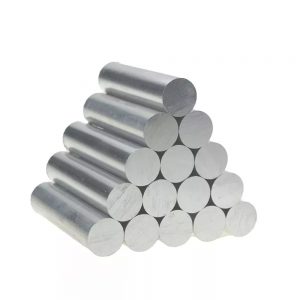
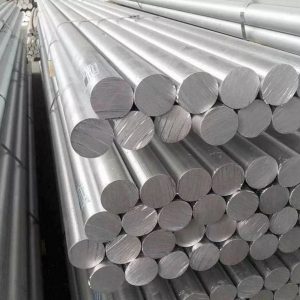 Leer másVista rápida
Leer másVista rápidaBarras de aluminio
Barra redonda de aluminio (Barra) está disponible en varias aleaciones que ofrecen un rango de soldabilidad, Resistencia a la corrosión y maquinabilidad. La varilla redonda de aluminio de alta resistencia se puede utilizar en aplicaciones aeroespaciales, y las varillas redondas de aleación de aluminio de alta resistencia a la corrosión se usan comúnmente en aplicaciones marinas. La varilla redonda de aluminio puede ser terminada en frío o extruida.
Las barras redondas de aluminio se utilizan como ingredientes en procesos industriales. Además, aunque no es común, Las tiras de aluminio son productos terminados en sí mismos, y en este caso, Por lo general, se utilizan en la construcción u otras aplicaciones de servicio pesado..
-
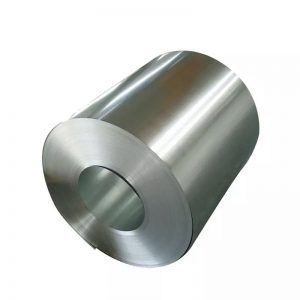
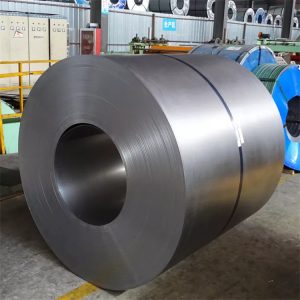 Leer másVista rápida
Leer másVista rápidaAluminium Coil
Aluminium coil is a rolled product, produced in a coiled form of a continuous strip, and has an inner diameter and outer diameter. ID from50mm to 1000mm. Aluminium alloy grade including 1xxx, 2xxx, 3xxx, 4xxx, 5xxx, 6xxx, 7xxx, 8xxx. But the most common is 1050, 3003, 6061 y 5251 aluminum coil. Thickness from 0.045-80mm, width from 60-2650mm. Common widths of aluminum coil is 800mm,1000milímetro, 1250milímetro,1450mm and 1500mm.
Multiple industries rely on aluminium coils for a variety of applications, such as automotive, construction, heat transfer, pharmaceutical, eléctrico, and food industry. Compared to other materials, aluminum is a far superior material in many instances. Aluminum coil can be supplied with standard mill finish, or it can be brushed, checkered, color coated, satin-finished and anodized. Aluminium sheet or aluminium foil can be cut into coils as per client’s requirements.
-
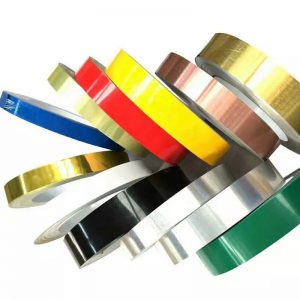
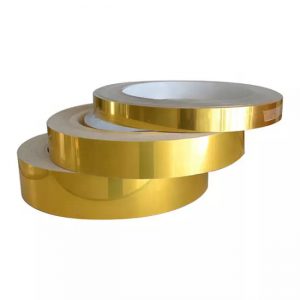 Leer másVista rápida
Leer másVista rápidaAluminium Strip
Aluminum sheet & foil in the form of rolls with a thickness > 0.2milímetro, a width 20mm to 100mm is generally called aluminium strip. The common name for aluminium strip that is produced in small strip widths is usually split strip. Aluminium sheets are cut into a required by slitting tooling, the raw material of aluminum strip is pure aluminium or aluminum alloy hot rolled cast-rolling aluminum coil and hot-rolled coil. Through a cold-rolled machine to form different thickness and width of the rolling sheet and aluminum coil, and then the vertical cutting and slitting machine for different width of the strip. And the thickness<0.2mm, we call it aluminum foil strip or aluminum foil coil.
-
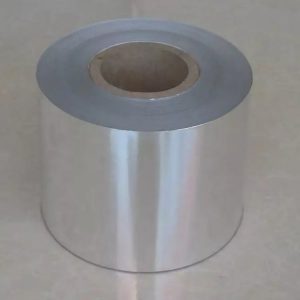
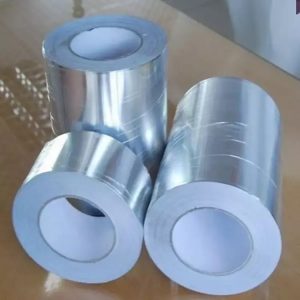 Leer másVista rápida
Leer másVista rápidaAluminium foil
Aluminium foil is aluminium prepared in thin metal leaves with a thickness of less than 0.2mm (7.9 mils); thinner gauges down to 4 micrometers are also commonly used. Standard household foil is typically 0.016 milímetro (0.63 mils) thick, and heavy-duty household foil is typically 0.024 milímetro (0.94 mils). And the air conditioner foil can be thinner than 0.0047mm, and some food foil thinner than 0.002mm. The foil is pliable and can be readily bent or wrapped around objects. Thin foils are fragile and are sometimes laminated with other materials such as plastics or paper to make them stronger and more useful. It’s used industrially for a variety of purposes, including packing, insulation and transportation. At home, people use aluminum foil for food storage, to cover baking surfaces and to wrap foods, such as meats, to prevent them from losing moisture while cooking.
-
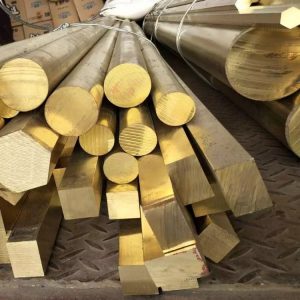
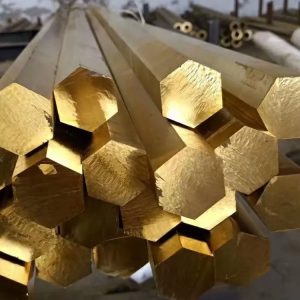 Leer másVista rápida
Leer másVista rápidaBrass Bar
-
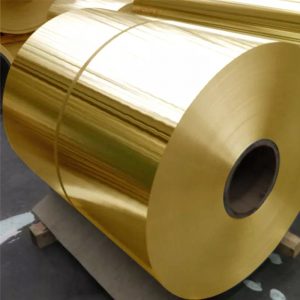
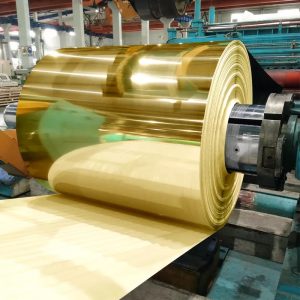 Leer másVista rápida
Leer másVista rápidaBrass Coil
Brass coil has excellent plasticity (best in brass) and high strength, good machinability, easy to weld, very stable to general corrosion, but prone to corrosion cracking; brass coil is copper and the alloy of zinc is named for its yellow color.
The mechanical properties and wear resistance of the brass coil are very good, and can be used to manufacture precision instruments, ship parts, shells of guns, etc. Brass knocks up and sounds good, so instruments such as cymbals, cymbals, bells, and numbers are made of brass. According to the chemical composition, brass is divided into ordinary copper and special brass.
-
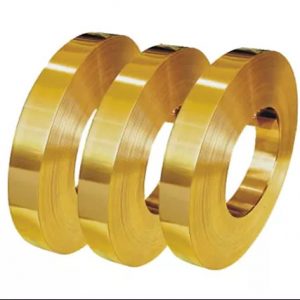
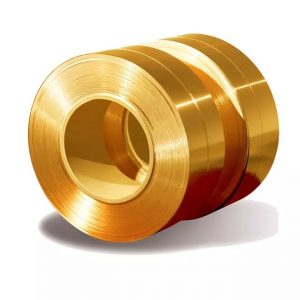 Leer másVista rápida
Leer másVista rápidaBrass Strips
Brass Strip has higher strength than copper, good electrical and thermal conductivity, high corrosion resistance in the atmosphere and freshwater, and good plasticity, easy to cold and hot pressure processing, easy welding, forging and tin plating, no stress corrosion cracking.
-
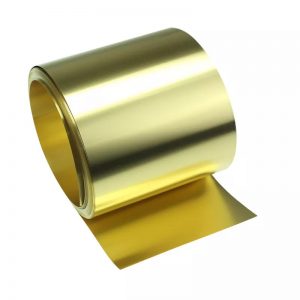
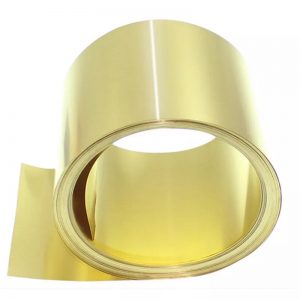 Leer másVista rápida
Leer másVista rápidaBrass Foil
Our brass foil is produced in a wide variety of brass alloys, including clad composites. It can be produced in standard dimensions or custom made to your requirements. Our foil is manufactured in compliance with the main international specifications, and tighter tolerances are available upon request. We offer various platings and coatings, edge conditioning, special surface conditions, profiled foil, and multiple packaging options to meet our customers’ requirements. The following is a summary of our production capabilities. Our aluminum strip can be produced in standard dimensions or custom made to your requirements. We produce both imperial and metric units.
-
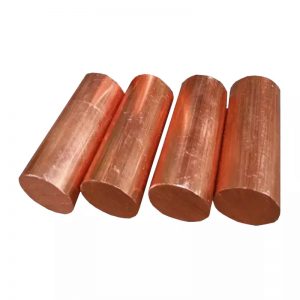
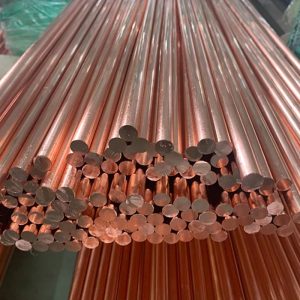 Leer másVista rápida
Leer másVista rápidaCopper Rod
Copper bar is a kind of non-ferrous metal processing bar, which has better processing performance and high conductivity. It is mainly divided into brass rod (copper zinc alloy, cheaper), purple copper rod (higher copper content).
Brass rod is a rod shaped object made of copper and zinc alloy, named for its yellow color. The melting point of brass, which contains 56% Para 68% cobre, es 934 Para 967 Grados. Brass has good mechanical properties and wear resistance, and can be used to manufacture precision instruments, ship parts, gun casings and so on. Used in air conditioning pipe, refrigerator pipe, oil pipe, water supply pipe and all kinds of mechanical materials, automotive synchronizer gear ring, Marine pump, valve, structural parts, friction accessories, etc.
Purple copper rod is named for its purple red color. It has good electric conductivity, heat conduction, corrosion resistance and processing properties. It can be welded and brazed. Characteristics: high purity, fine structure, low oxygen content. No porosity, trachoma, loose, excellent electrical conductivity, high precision of electroetching mold surface, after heat treatment process, no direction of the electrode, suitable for fine play, fine play, with good thermoelectric channel, processability, ductility, corrosion resistance and weather resistance.
-
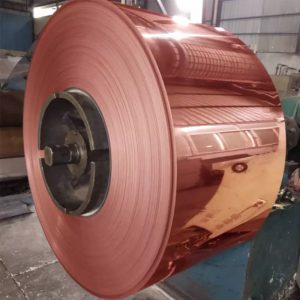
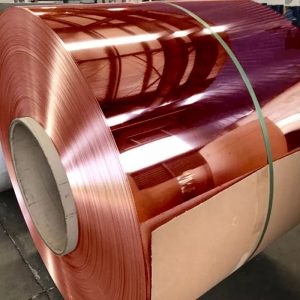 Leer másVista rápida
Leer másVista rápidaBobinas de cobre
Puede parecer que una bobina de cobre es un simple trozo de alambre enrollado que se puede enrollar y utilizar. Al igual que con cualquier forma de producto industrial, Las bobinas de cobre deben diseñarse con precisión para adaptarse a una aplicación. El proceso de bobinado debe completarse con precisión para garantizar la distancia adecuada entre los cables y el diámetro de la abertura.
Cada producto que utiliza bobinas de cobre requiere que se realice un cierto número de vueltas para proporcionar la cantidad correcta de resistencia. Los cálculos inexactos pueden conducir a la ineficiencia y a posibles fallos de la bobina o del dispositivo. Por esta razón, los ingenieros de Metal Associates garantizan que han examinado detenidamente las especificaciones de una aplicación de modo que el diámetro, espaciamiento, Espesor del alambre, y el número de vueltas coincide exactamente con el diseño del producto donde se utilizará la bobina de cobre.
-
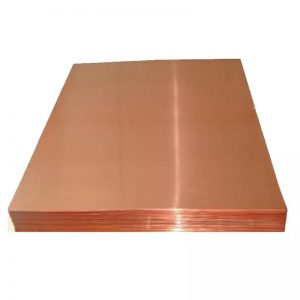
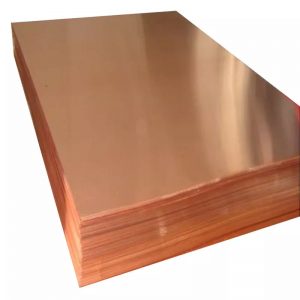 Leer másVista rápida
Leer másVista rápidaCopper Sheet
Copper sheet is a very workable and malleable form of metal, high in electrical and thermal conductivity, and provides excellent corrosion resistance. A beautiful and versatile metal, copper has been utilized for thousands of years. Historically, it served as a favorite choice in making tools, vessels, and sculptures. Copper is also known for its beautiful patinas. When exposed, unsealed, to an outdoor environment, copper begins to oxidize. This exposure creates beautiful color variations in the form of a patina. The coloring of the patina will change and develop character over time while serving to protect the metal from deterioration. People will also create a patina quickly with the use of chemical mixtures that speed the process up and allow a patina to develop without outdoor exposure. Copper sheets can also be hammered, tooled, or embossed for added texture and decorative or functional appeal and come in many thicknesses from very thin copper foil to thick copper plate. It also comes in many alloys that blend other metals with copper. At Grand Copper, we sell pure copper -C110 (other alloys and tempers available upon request). This high purity provides the premium quality needed for projects and applications in a wide range of industries and uses. We take pride in providing the best material. Our high-quality, affordable material and friendly, first-rate customer service have made us a leader in the industry for over a decade.
-
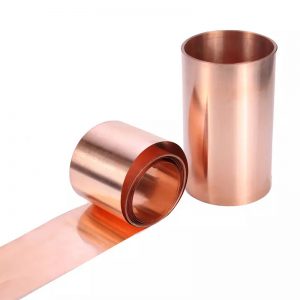
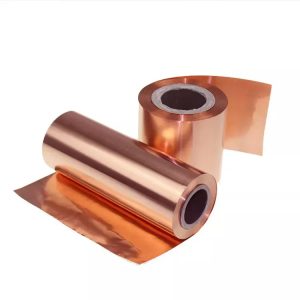 Leer másVista rápida
Leer másVista rápidaCopper Foil
Copper is a reddish brown metallic element with outstanding characteristics such as good ductility, ductility, heat and conductivity
Pure copper is a very soft and ductile metal To achieve the required performance, we can alloy with other metals Brass and bronze are widely used copper alloys
Copper foil is made of copper or copper alloy by hot rolling and cold rolling The thickness of copper foil ranges from 0.03mm to 0.2mm, and the width and length can be customized according to customer requirements
-
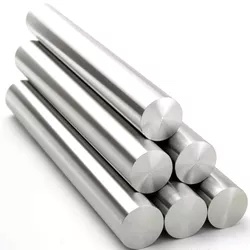
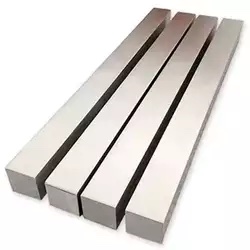 Leer másVista rápida
Leer másVista rápidaStainless Bar
A stainless steel bar stock is often used for production line machinery or in other industrial settings where durability is required. Stainless steel round bar types can be found in many different shapes such as hexagon, cuadrado, or round bars. Stainless bar stock is a material that is non-corrosive, corrosion resistant, and durable. It can be used in a variety of industries such as automotive, aerospace, construction, and manufacturing.
Stainless steel bar stock is the highest quality type of stainless steel in the industry. They are made with high-quality materials that make them resistant to corrosion and other environmental conditions. The stainless bar stock also has greater tensile strength than other types of stainless steel.
Stainless steel round rod products or round bars are commonly used for manufacturing products like car rims, motorcycle rims, bicycle rims, y más. These types of bars are typically made by rolling up sheets of stainless steel into long tubes before welding them together at the ends to create round rods or round bars that can be cut into smaller pieces
-
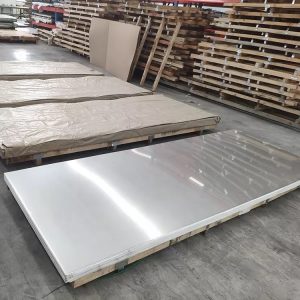
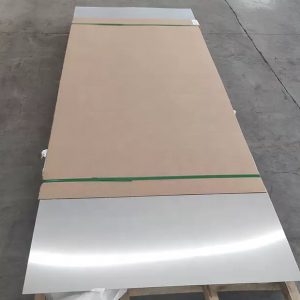 Leer másVista rápida
Leer másVista rápidaStainless Steel Sheets
Stainless Steel Sheets & Plates are made up of austenitic steel mainly contain chromium and nickel with the addition of rare elements which offer high corrosion resistance, high tensile strength, excellent impact & toughness and high-temperature resistance at cryogenic temperatures. Moreover, these SS Sheets & Plates are highly demanded in various industries like chemical & Procesamiento de alimentos, heat exchangers, fresh & saltwater marine environments, automobiles and more.
-
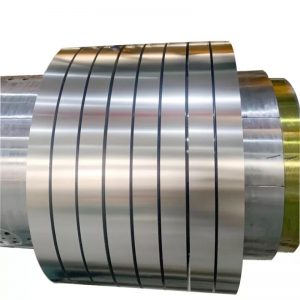
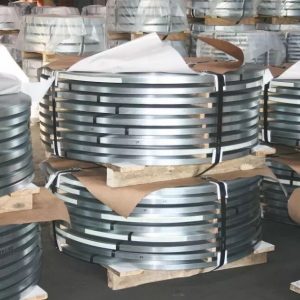 Leer másVista rápida
Leer másVista rápidaTiras de acero inoxidable
tainless steel is the name given to a group of corrosion resistant and high temperature steels. Their remarkable resistance to corrosion is due to a chromium-rich oxide film which forms on the surface. When ordinary carbon steel is exposed to rain water, por ejemplo, it corrodes forming a brown iron oxide, commonly called rust, on the surface. This is not protective and eventually the entire piece of steel will corrode and be converted to rust. But when enough chromium (more than about 10%) is added to ordinary steel, the oxide on the surface is transformed – it is very thin, virtually invisible and protective in a wide range of corrosive media. This is what we call stainless steel and there are several different types, and many different grades.
The manufacture of quality stainless steel, from heat to heat and year to year, demands precise control of raw material ingredients and melting practices. Exact quantities of presorted scrap and alloying elements are delivered to the mills’ melting furnaces so that the heats or lots will be within specified composition ranges. Those composition ranges typically include a group of chemical elements for each grade of stainless steel.
-
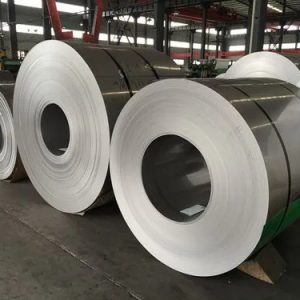
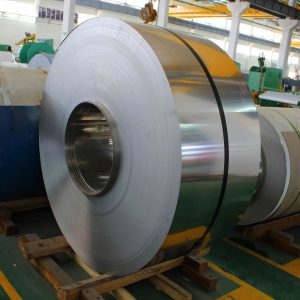 Leer másVista rápida
Leer másVista rápidaStainless Steel Coil
Stainless steel coil can be divided into cold rolled stainless steel coil and hot rolled stainless steel coil according to different production processes.
According to the materials, they can be divided into austenite, martensite, ferrite and duplex.
Common use stainless steel coils grades are often represented by digital symbols.
There are 200 serie, 300 serie, 400 series and duplex series.
304, 304L, 316 and 316L stainless steel coils are the most popular and economical grades of stainless steels.
Stainless steel 304/304L coils and stainless steel 316/316L coils, along with duplex stainless steel coils offer good corrosion resistance to many chemical environments as well as marine and industrial exposures.
-
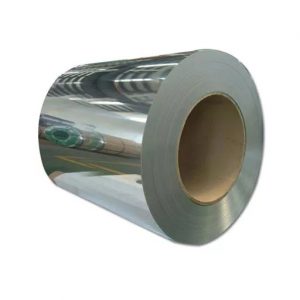
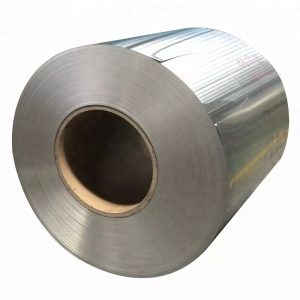 Leer másVista rápida
Leer másVista rápidaTitanium coils
Because of the poor thermal conductivity of pure titanium, the emulsion with good lubrication effect and excellent cooling performance is required in the rolling process, and the rolling speed should not be too fast, in order to prevent the high temperature of pure titanium and cause the phenomenon of “sticking roller”, and “sticking roller” resulting in rough surface of titanium and poor quality. The residual water and oil on the surface of the titanium strip decompose during the annealing process, which affects the partial pressure of oxygen in the furnace and causes the decomposition reaction to go in the opposite direction, forming oxidation on the surface of the titanium strip and affecting the annealing quality. Because titanium strip annealing before full degreasing cleaning and drying plate surface. The degreasing speed of titanium strip is generally 20m/min, and the speed is adjusted according to the surface quality of the titanium strip after degreasing. Straightening is to ensure the flatness of the product plate.
-
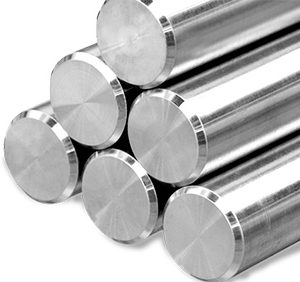
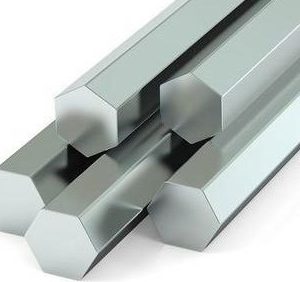 Leer másVista rápida
Leer másVista rápidaTitanium Bar
-
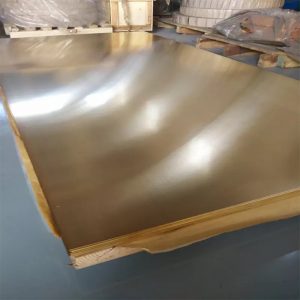
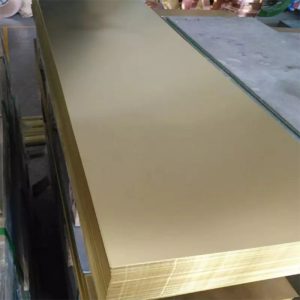 Leer másVista rápida
Leer másVista rápidaHoja de latón
Chapa de latón a base de cobre electrolítico, Zinc y oligoelementos como materia prima, a través del procesamiento por lingote, laminación en caliente, laminación en frío, tratamiento térmico, Limpieza de superficies, cortante, acabado, y luego empacar. Rendimiento de los procesos de materiales, plasticidad, Propiedades mecánicas, Resistencia a la corrosión, Rendimiento y buen estaño.
Ha sido ampliamente utilizado en electricidad, automotor, Comunicaciones, hardware, Decoración y otras industrias.
-
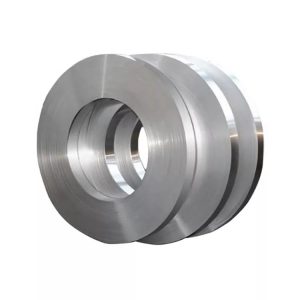
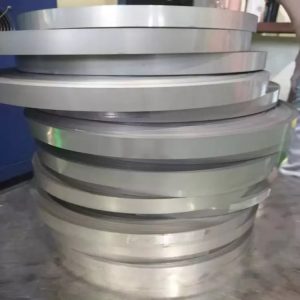 Leer másVista rápida
Leer másVista rápidaTira de titanio
La tira de titanio se produce a partir de la chapa de titanio. Por lo general, lamina en frío la lámina de titanio con un pequeño molino con recocido varias veces, A continuación, corte longitudinal de la cizalla a tiras de titanio según los requisitos del cliente. El equipo avanzado, Proceso de laminación, Control de procesos, El control de la temperatura de recocido y el tiempo de retorno aseguraron su suavidad y acabado, Mejoró efectivamente la calidad de nuestros productos.
-
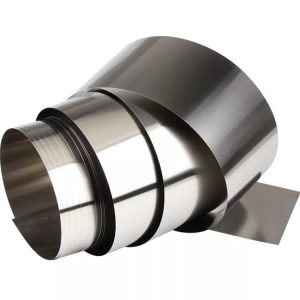
 Leer másVista rápida
Leer másVista rápidaLámina de titanio
La lámina de titanio es una placa de titanio, tira, rollo o lámina con un espesor inferior o igual a 0,2 mm. El ancho máximo de la lámina de titanio laminada es de aproximadamente 600 mm.
El ancho de la lámina de titanio se corta de acuerdo con los requisitos del usuario. Pero cuanto más amplia sea la fabricación, cuanto mayor sea la productividad.
La lámina de titanio se utiliza principalmente en la industria aeroespacial, navegación, energía nuclear, electrónica, industria química, petróleo, Fabricación de precisión, Aspectos médicos, farmacéuticos y otros. -
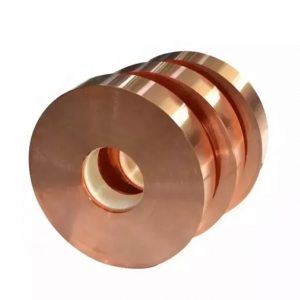
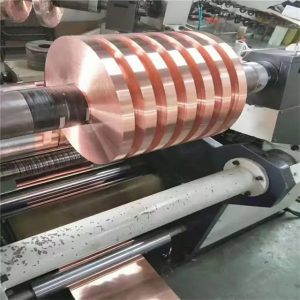 Leer másVista rápida
Leer másVista rápidaTiras de cobre
Las tiras de cobre tienen una alta conductividad eléctrica y térmica, Es por eso que las tiras de cobre son las mejores para el devanado de transformadores.
Además, Las tiras de cobre transfieren el calor de manera más efectiva que las tiras de otros metales.
Las tiras de cobre son más maleables y tienen una alta resistencia a la tracción. Resistencia a la corrosión, Alto grado de estabilidad, y la disipación de calor de las tiras de cobre son superiores a otros metales.
Las tiras de cobre se utilizan principalmente en los sectores eléctrico y electrónico porque el cobre no es magnético ni produce chispas. Las tiras de cobre se utilizan principalmente en intercambiadores de calor, Devanado de transformadores, Condensadores, y pararrayos.
El espesor de la tira de cobre varía de 0,03 mm a 3,0 mm. Las tiras de cobre se pueden fabricar en diferentes anchos y espesores según los requisitos del cliente.
Si tiene alguna pregunta, Por favor, no dude en ponerse en contacto sales@grandsteeltube.com
-
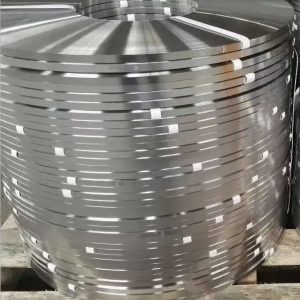
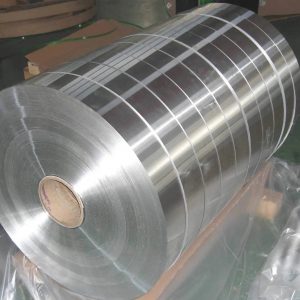 Leer másVista rápida
Leer másVista rápidaTiras de acero inoxidable
Tiras de acero inoxidable laminadas en caliente se producen a partir de palanquillas o desbastes laminados en caliente y luego utilizan un proceso de laminación en frío. Estos procesos mejoran las propiedades mecánicas de las tiras, como el coeficiente de rigidez y la flexibilidad. Tiras de acero inoxidable laminadas en frío se obtienen a partir de recocidos y decapados por laminación en frío sobre rodillos pulidos. Según el espesor requerido, El laminado en frío requiere una serie de pasadas a través del molino para efectuar la reducción.
Suministramos Tiras SS en diversas industrias, incluidas las industrias alimentarias, químico, eléctrico, generador, eje, cemento & Industrias del gas. Ofrecieron estas tiras de acero inoxidable en estándares, así como dimensiones personalizadas según los requisitos del cliente.
-
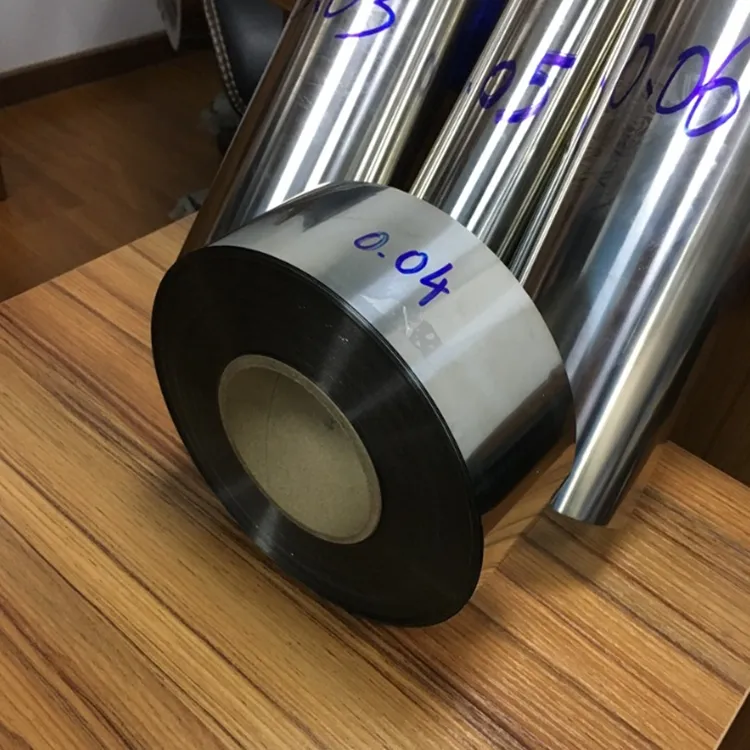
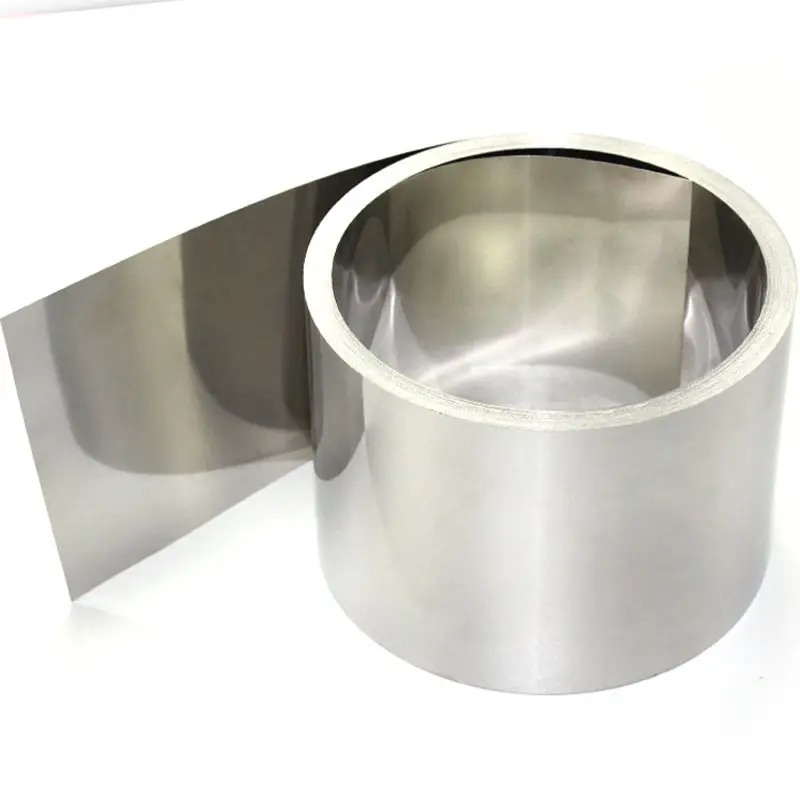 Leer másVista rápida
Leer másVista rápidaLámina de acero inoxidable
Las láminas de acero inoxidable son tiras delgadas de acero inoxidable que son menos de 0.2 mm de espesor e inferior a 300 mm de ancho.
Las láminas de acero inoxidable ofrecen una variedad de ventajas, incluida la estabilidad química, Alta relación resistencia-peso, Aislamiento eléctrico y resistencia a la corrosión.
La lámina de acero inoxidable se utiliza en la producción de intercambiadores de calor, Condensadores y pilas de combustible; así como en equipos médicos y maquinaria de procesamiento de alimentos.
Las láminas de acero inoxidable son un material versátil con muchas ventajas. Su alta resistencia a la corrosión, Las buenas conductividades térmicas y eléctricas y su ductilidad lo convierten en una excelente opción para una amplia gama de aplicaciones.
La lámina de acero inoxidable está disponible en varios grados diferentes. Entre ellas se encuentran las series austeníticas, Serie ferrítica, Serie Martensítica, Series dúplex y superdúplex. Cada grado tiene diferentes elementos de aleación que contribuyen a las propiedades de la lámina.
Los grados más comunes de láminas de acero inoxidable son: 304 y 316. Estos grados se suministran en espesores que van desde 0,009 mm a 0,3 mm. Otros grados de lámina de acero inoxidable también están disponibles bajo pedido, incluidos 409, 430 y dúplex 2205.
- DIN2391 Tubo de acero de precisión
- EN10305-1/4 Tubo de acero de precisión
- EN10305-2/3/5/6 Tubos de precisión
- Tubos de precisión de la serie SAE
- ISO8535-1 Tubo de inyección de combustible
- Tubo Bundy de pared Single/Doulbe
- Caldera & Tubos de acero a presión
- Tubo de acero sin costura/SRB
- Tubos de acero inoxidable capilar
- Tubos inoxidables sin costura & Tubería
- Tubos inoxidables soldados & Tubería
- Inyección & Tubos de línea de control
- Tubos de aleación de níquel & Tubería
- Tubos capilares no ferrosos
- Tubos de aluminio & Tubería
- Tubos de latón & Tubería
- Tubos de cobre & Tubería
- Tubos de titanio & Tubería
- Tubo de aleta extruida/soldada
- Tubo de precisión no ferroso
- Tubos de acero de forma especial
- Bobina metálica / lámina / hoja / tira
